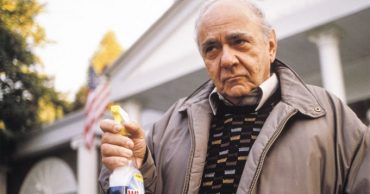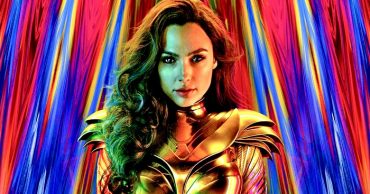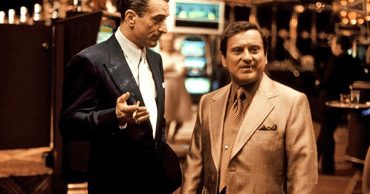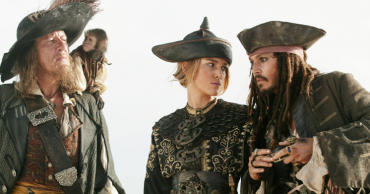Female villains can be just as terrifying as male villains, there is no divide. As Hollywood has gotten more diverse, these kinds of roles come more frequently. Helen Mirren‘s haunting turn to sinister in MobLand is one of the latest examples, but many have come before this.
The best female villains are those whose characters are extremely malevolent but still manage to captivate and thus become iconic. This is typically exemplified not only by their complicated and morally reprehensible personalities but also by their stunning and sophisticated look and attire that can help them slip under the radar and go unnoticed as a villain. In a society often dominated by male antagonists, their depictions explore the darker facets of ambition, power, and morality, illustrating the complex nature of villainy. So, here’s our pick of 5 of the best female villains in cinema history.
5. Regina George – Mean Girls (2004)
Oscar-nominee Rachel McAdams has become known as one of the finest actresses of her generation. However, her breakout role may be the one that sticks with her for the longest time due to the level of infamy it generated as she took the typical role of a high school bully to new levels in Mean Girls. Regina George (McAdams) has all of the stereotypical traits of a high school villain – she’s sly, impolite, and cunning. Her lack of morals and unrelenting self-interest expose a kind of moral evil that is difficult to ignore, even though she doesn’t physically threaten others like traditional villains do.
With virtually no real concern or empathy, she skilfully manipulates others with her words and schemes, and she frequently harms those around her without feeling guilty about it. Even though Regina isn’t a conventional or physically menacing villain, she nevertheless represents a form of moral villainy – one that is closer to evil in spirit – showing how selfishness and cruelty can be just as harmful as physical danger. What makes the character even more disturbing is the fact that she is still young, meaning her cruel ways still have plenty of time to develop into something much more sinister.
4. Alex Forrest – Fatal Attraction (1987)
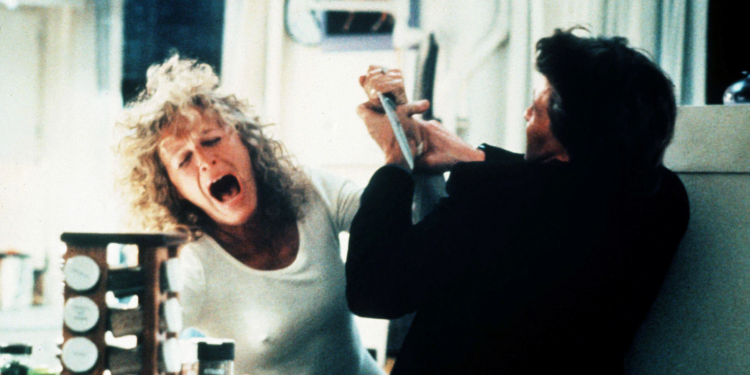
The terrifying character of Alex Forrest (Glenn Close) holds not only an iconic status in cinema, but also pop culture, as the term “bunny boiler” originated from one horrific scene in this film. Fatal Attraction kickstarted a craze of femme fatale movies in the late 80s and early 90s, however, many failed to live up to the menace and ferocity of Close’s rendition as the twisted woman with an obsessive grudge. The plot follows Dan Gallagher (Michael Douglas), a married man whose one night stand comes back to haunt him when the woman relentlessly stalks him and his family.
Close’s portrayal as the unhinged woman is a bubbling crescendo, tricking the audience to believe she is sweet and innocent before slowly but surely descending into sheer insanity. Fatal Attraction was nominated for 6 Oscars, including Best Picture and Best Actress for Glenn Close, with many saying that she was robbed of the gold for her disturbing yet impossible to take your eyes off performance. The plot was re-worked in 2023 for a miniseries but failed to match up to the sheer slow-burn horror of the original 1987 movie.
3. Nurse Ratched – One Flew Over the Cuckoo’s Nest (1975)
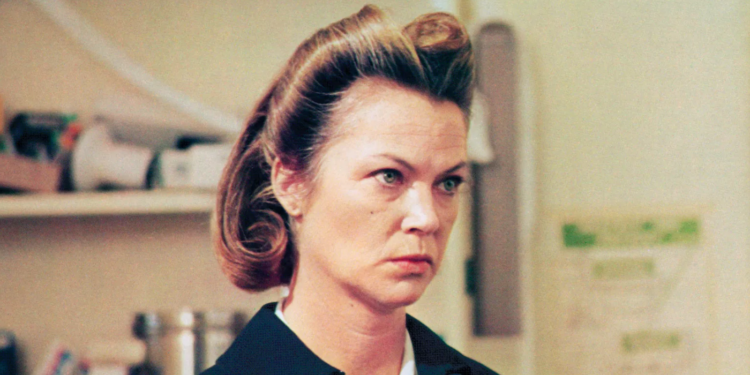
Louise Fletcher won an Oscar for her role as Nurse Ratched in One Flew Over the Cuckoo’s Nest, becoming one of the most legendary female villains of all time. Fletcher portrayed the cold and calculated antagonist with a creepy subtlety that was offset by moments of intense savagery, making her a volatile and enthralling element to the film. While not an overpowering physical threat to the wayward Randle McMurphy (Jack Nicholson), she sets out to destroy his hopes of freedom with her cunning and deceptive abilities. She also makes life a living hell for the other patients, using shame and guilt to intimidate and emasculate them and break them down even further. To that, Nurse Ratched represents evil in a different form, one that cinema hadn’t previously seen, leading her to become even more iconic in the face of dread and infamy.
2. Amy Dunne – Gone Girl (2014)
David Fincher‘s Gone Girl starts out as a mystery thriller and quickly turns into perhaps the finest femme fatale movie ever made. As far as female villains go, Rosamund Pike‘s portrayal of Amy Dunne may be etched into the nightmares of many for years to come. Starting out as a tightly-paced whodunnit of sorts, revolving around a woman’s disappearance, Gone Girl deftly transitions into a chilling exploration of manipulation and deceit, with Pike’s Amy at its dark heart.
Amy is a callous and vindictive woman who masterfully leverages her understanding of feminism to expose societal hypocrisies—seeing women as objects lacking agency. What makes Pike’s portrayal so utterly horrifying and unforgettable is her ample ability to embody a character who is, at her very core, a twisted psychopath, a pathological liar, and a cold-blooded killer. Yet, amidst her atrocious actions, there’s a disturbing underbelly of relatability – many women who have felt overlooked or underestimated might recognize her frustration, even if no one should ever resort to her extreme measures. While her husband’s actions are inexcusable, the lengths Amy goes to in order to seek revenge are far outside the norm. To that, Pike’s Amy is a true portrait of evil that is as fascinating to watch as it is unsettling, and many would argue that she deserved the Oscar glory in 2015.
1. Annie Wilkes – Misery (1990)
Typical villains usually set out to cause harm through hatred. Inflicting pain on others for sheer enjoyment or to get further ahead in their own life. Misery shone a light on a different kind of terror, one that comes from love, adoration, and obsession. Kathy Bates took home an Oscar for her performance as Annie Wilkes, a lonely, isolated woman who finds Paul Sheldon (James Caan) in the aftermath of a car wreck. However, the problem is, she is his biggest fan, and when she begins caring for him, she refuses to let him go free.
Discovering that Paul is midway through his new novel, Annie insists that he stays and writes it under her watching eye. But when he kills off her favourite character, this is where we see the real Annie Wilkes. Bates’ performance boasts an eclectic mix of emotions from venerability, depression, ecstasy, and rage. This makes her one of the most evaporative characters ever shown on film, switching from a caring demeanour to pure evil and fury in a heartbeat.
Read Next: Top 10 Disney Female Villains
 Follow Us
Follow Us
